The medicine cabinet is a vital part of any bathroom. It provides a designated space to store essential medications, toiletries, and first-aid supplies, ensuring they're readily accessible when needed. However, just like any other storage area, medicine cabinets can become cluttered and disorganized over time. This can not only make it difficult to find what you need quickly but also pose safety risks, especially for households with children or pets.
In this article, we'll delve into the proper care and maintenance techniques for your medicine cabinet, helping you create a safe, organized, and efficient storage solution for your essential health supplies.
The Importance of Proper Medicine Cabinet Care
Maintaining a well-organized and clean medicine cabinet offers several benefits:
- Safety:Expired medications or those stored improperly can be harmful. Keeping your cabinet organized minimizes the risk of accidental misuse, especially for children or those who may have difficulty reading labels.
- Efficiency:A clutter-free cabinet allows you to quickly locate the medications and supplies you need, saving precious time when you're feeling unwell.
- Inventory Management:Regular cleaning and organization help you identify expired medications or low supplies, prompting you to restock or dispose of them properly.
- Improved Hygiene:A clean medicine cabinet with minimal clutter reduces the risk of dust, mold, and bacteria growth, promoting a healthier bathroom environment.
Essential Steps for Proper Medicine Cabinet Care
Here's a comprehensive guide to maintaining your medicine cabinet:
- Declutter and Deep Clean:
- Start Fresh:Begin by emptying everything from the cabinet. This provides a clear view of the contents and allows for a thorough cleaning.
- Discard Expired Medications:Carefully check the expiration dates on all medications and dispose of any that are past their expiry date. Never flush medications down the toilet or throw them in the trash. [For most medications, the FDA recommends following specific disposal instructions. Often, this involves take-back programs offered by pharmacies or local authorities. You can find more information on the FDA website: https://www.fda.gov/drugs/safe-disposal-medicines/how-safely-dispose-unused-or-expired-medicine-video-transcript]
- Clean the Cabinet:Wipe down the shelves, walls, and mirror with a disinfectant solution to remove dust, germs, and any spills. Consider using a solution of warm water and vinegar for a natural cleaning option.
- Sort and Organize:Group similar items together. This could be by category (prescription medications, over-the-counter medications, first-aid supplies, etc.) or by frequency of use (daily medications, occasional medications, etc.).
- Optimize Storage:
- Utilize Organizers:Consider using bins, baskets, or drawer dividers to maximize space and keep items categorized.
- Label Everything:Clearly label shelves, bins, or containers to easily identify contents. This is especially helpful for multi-person households.
- Prioritize Accessibility:Place frequently used medications at eye level or within easy reach for those who need them most often. Less frequently used items or those with child-resistant caps can be stored on higher shelves.
- Maintain a Clean and Organized System:
- Regularly Review and Reorganize:Schedule regular checkups (quarterly or biannually) to review medications for expiration dates and reorganize items as needed.
- Refill Prescriptions Promptly:Maintain a system to avoid running out of essential medications. Consider setting up automatic refills with your pharmacy or using a reminder app.
- Dispose of Unused or Expired Medications Regularly:Don't let expired medications accumulate. Dispose of them following proper safety guidelines as mentioned earlier.
Pro Tip: Explore the stylish and functional medicine cabinets offered by WellFor. Their medicine cabinets come in various sizes and finishes, allowing you to choose one that complements your bathroom décor and storage needs.
Additional Considerations for Safe Medicine Cabinet Use

Here are some additional tips to promote safety and optimal use of your medicine cabinet:
- Store Medications in Original Containers:This ensures proper dosage information and safety instructions are readily available.
- Maintain Proper Storage Conditions:Some medications require specific storage temperatures (refrigeration or cool, dry places). Always follow the storage instructions on the medication label.
- Keep the Cabinet Locked (if necessary):If you have young children or pets in your household, consider using a locking medicine cabinet to prevent accidental ingestion.
- Post Emergency Contact Information:Display a list of emergency contact information (poison control center hotline, doctor's number) inside the cabinet in case of an accidental medication
Conclusion: Cultivate a Safe and Organized Medicine Cabinet Routine
By following these simple yet effective steps, you can transform your medicine cabinet from a cluttered catch-all into a well-organized and safe haven for your essential medications and supplies. Remember, consistent maintenance is key. Regular decluttering, cleaning, and organization ensure a stress-free experience when you need to access medications quickly.
A well-maintained medicine cabinet promotes safety, efficiency, and overall well-being. Invest a little time and effort into creating a system that works for you, and enjoy the peace of mind that comes with knowing your medications are readily available and properly stored.
Bonus Tip: Consider using a designated container for commonly used over-the-counter medications (pain relievers, allergy medication, etc.) and keep it readily accessible on your bathroom counter for everyday needs. This reduces the need to access the medicine cabinet for frequently used items.
Taking care of your medicine cabinet is a small investment that yields significant benefits for your health and safety. So, declutter, organize, and maintain your medicine cabinet routine, and enjoy the peace of mind that comes with a well-stocked and organized healthcare haven!


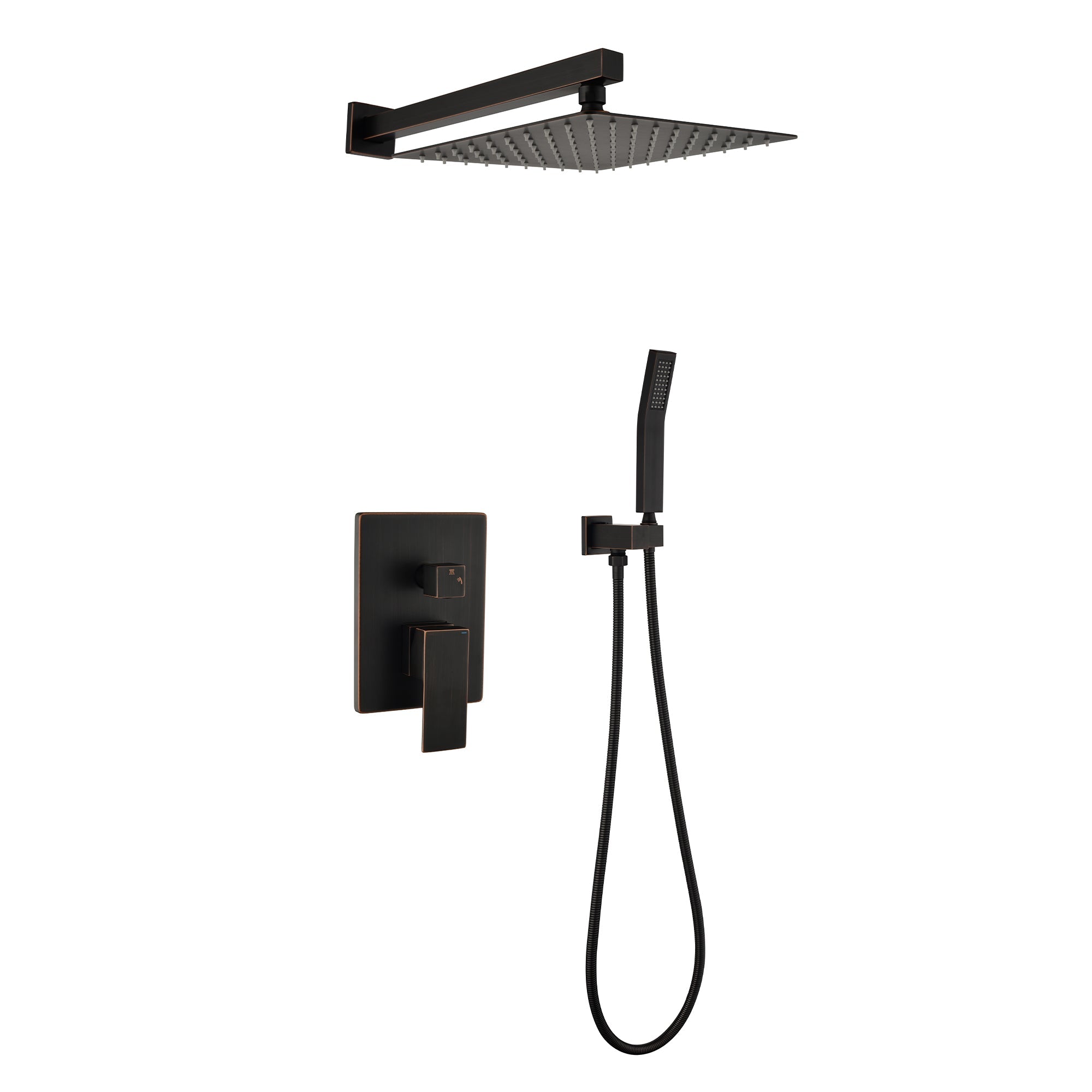



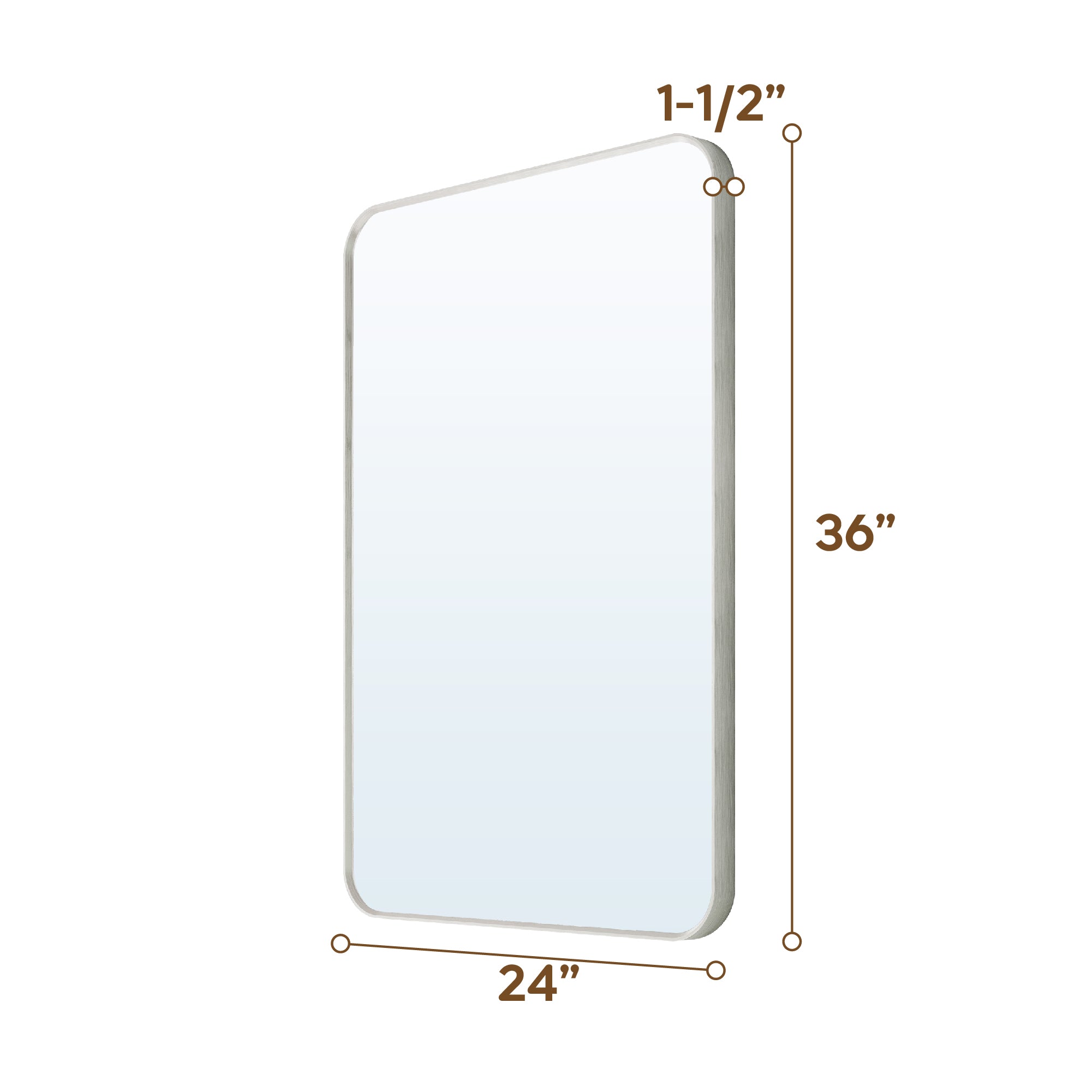
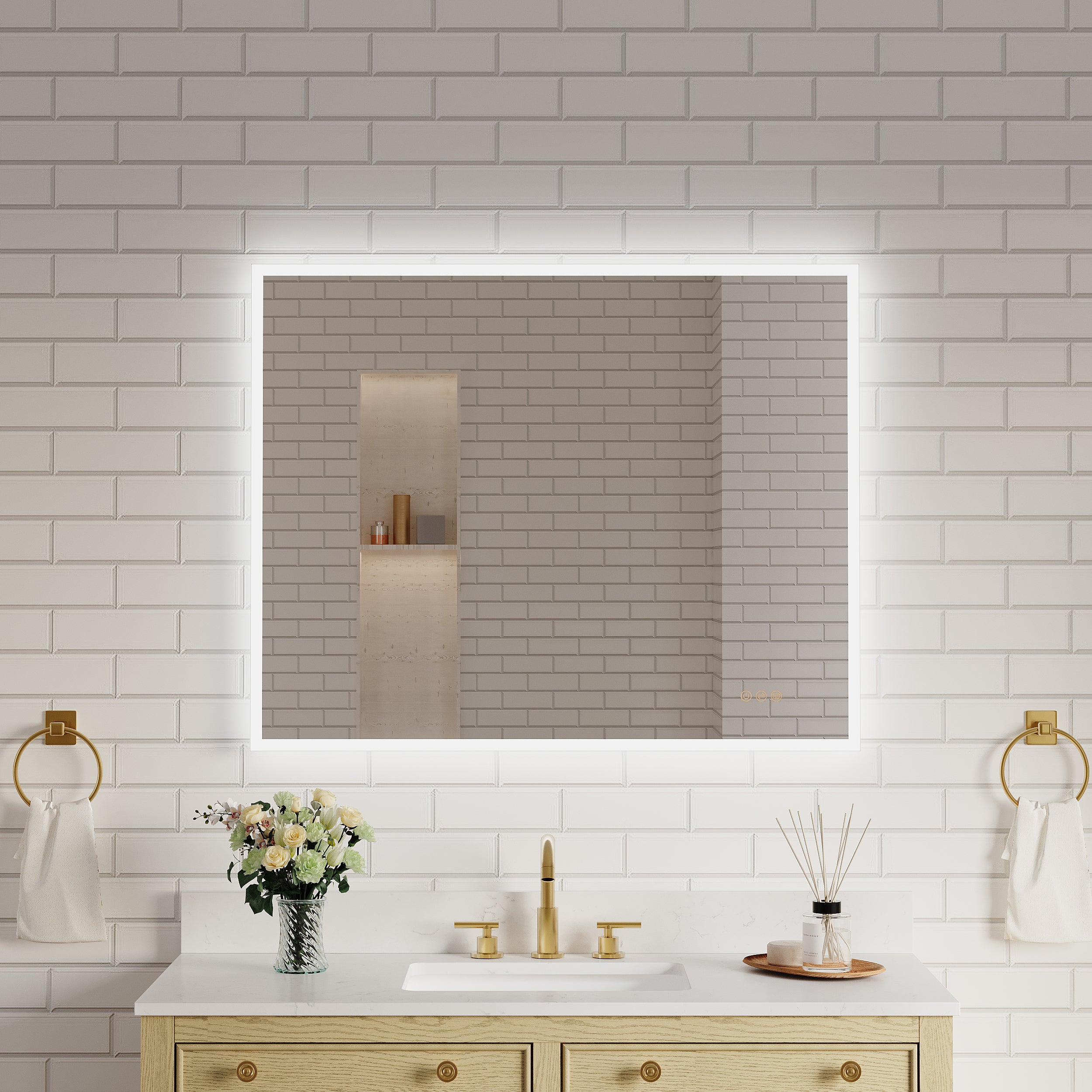
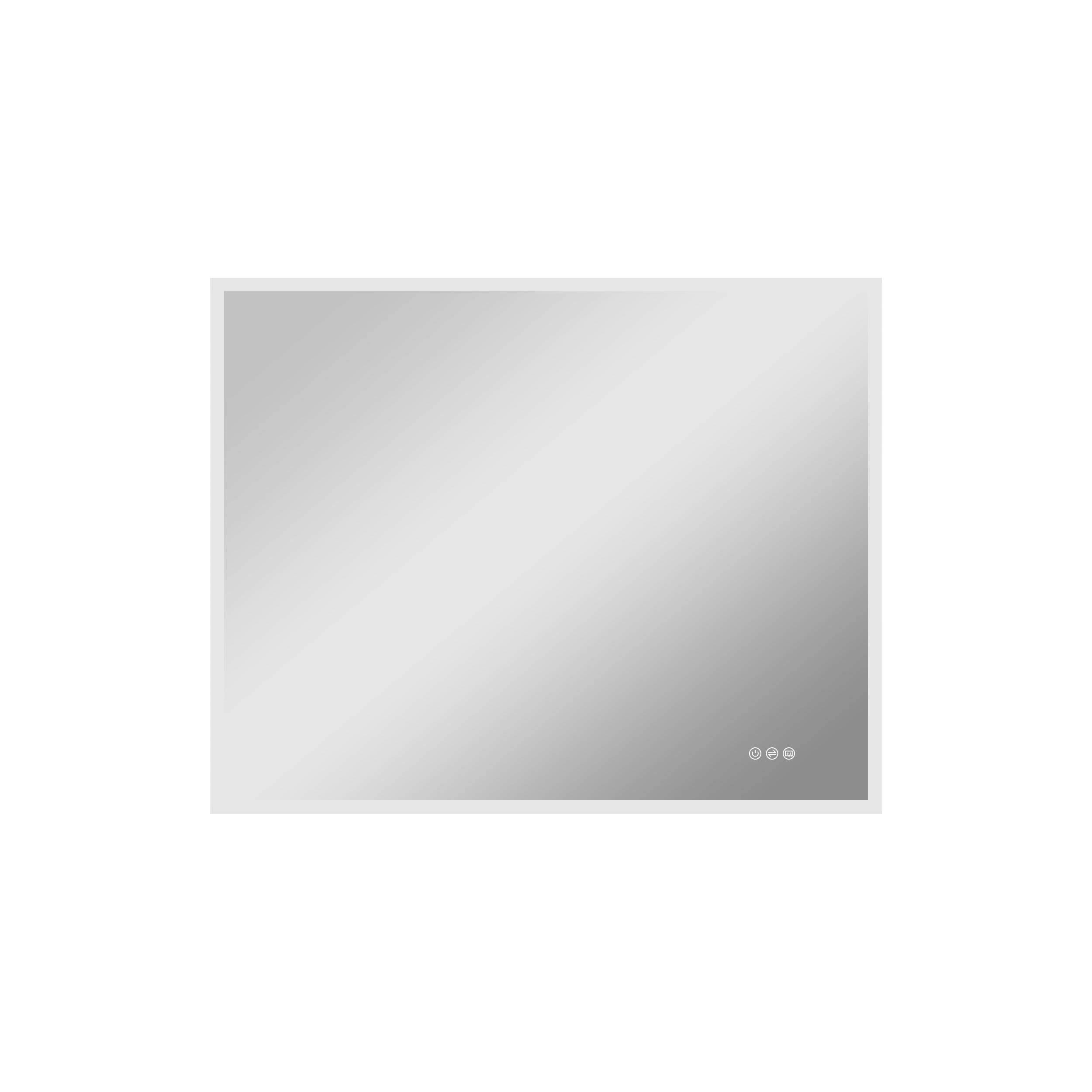


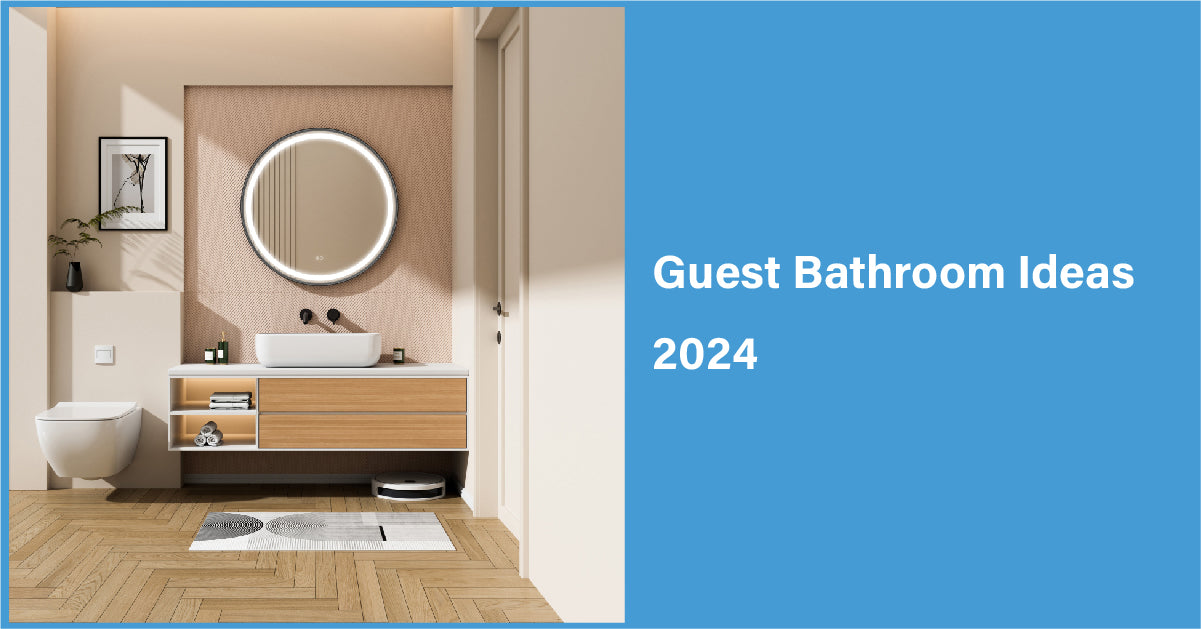

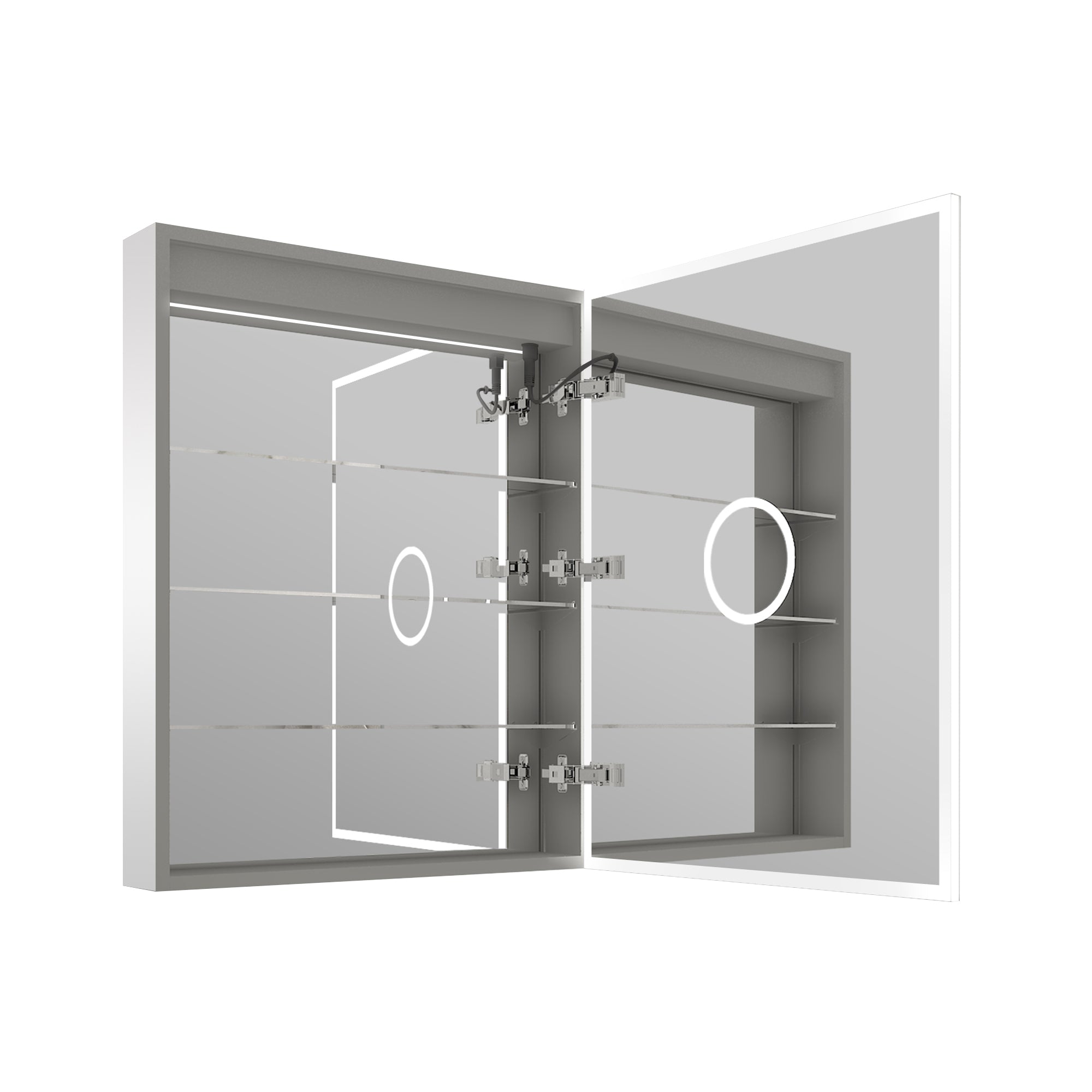
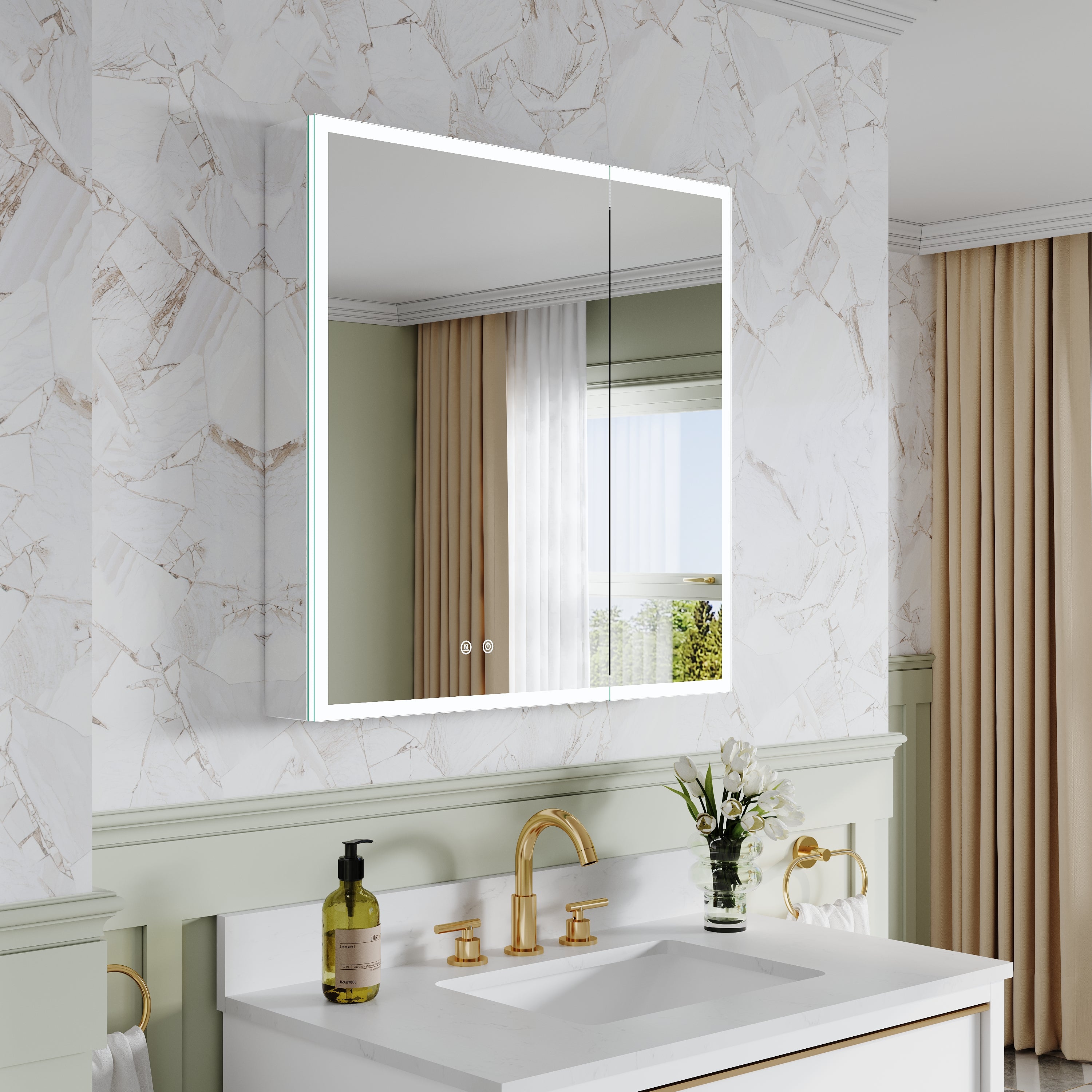



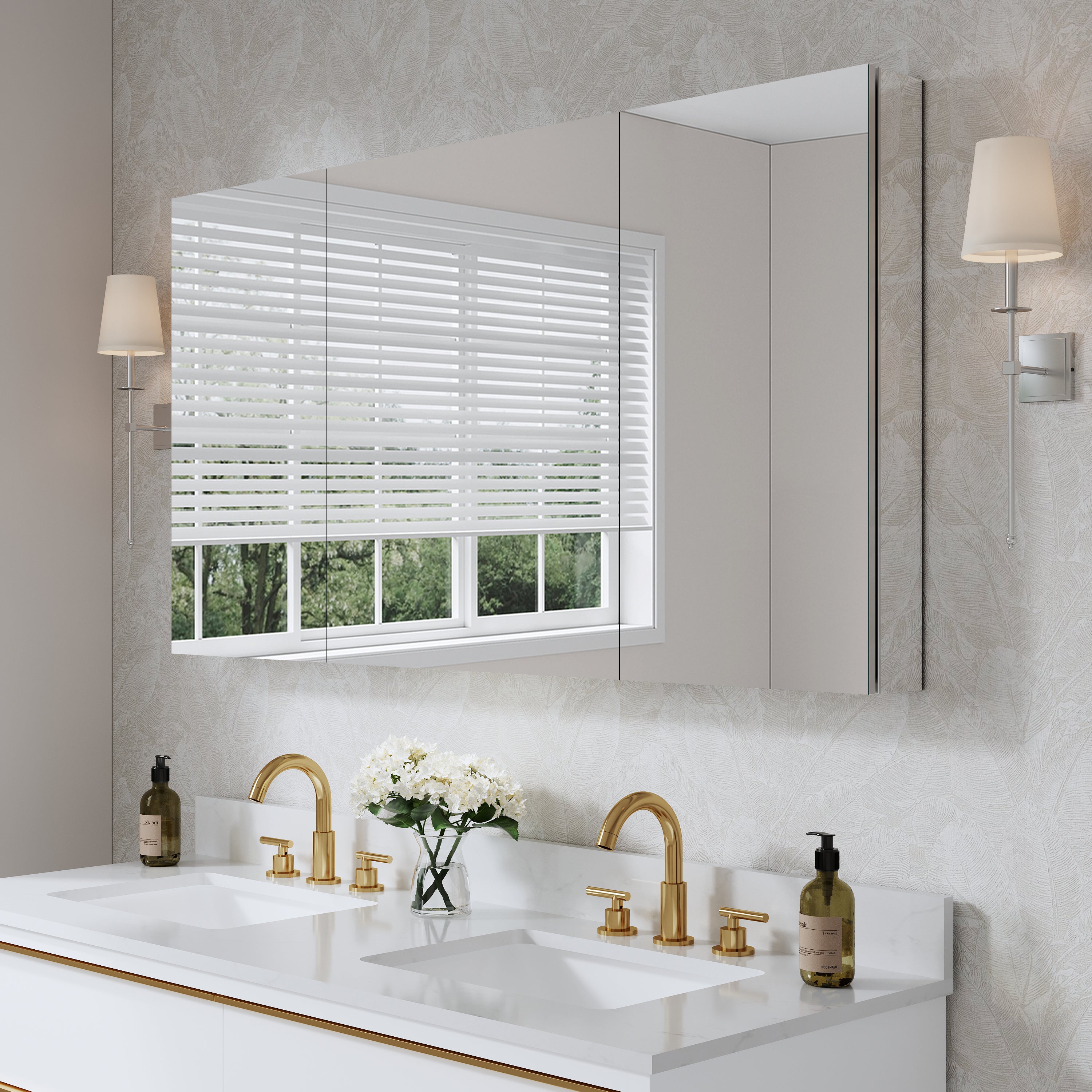



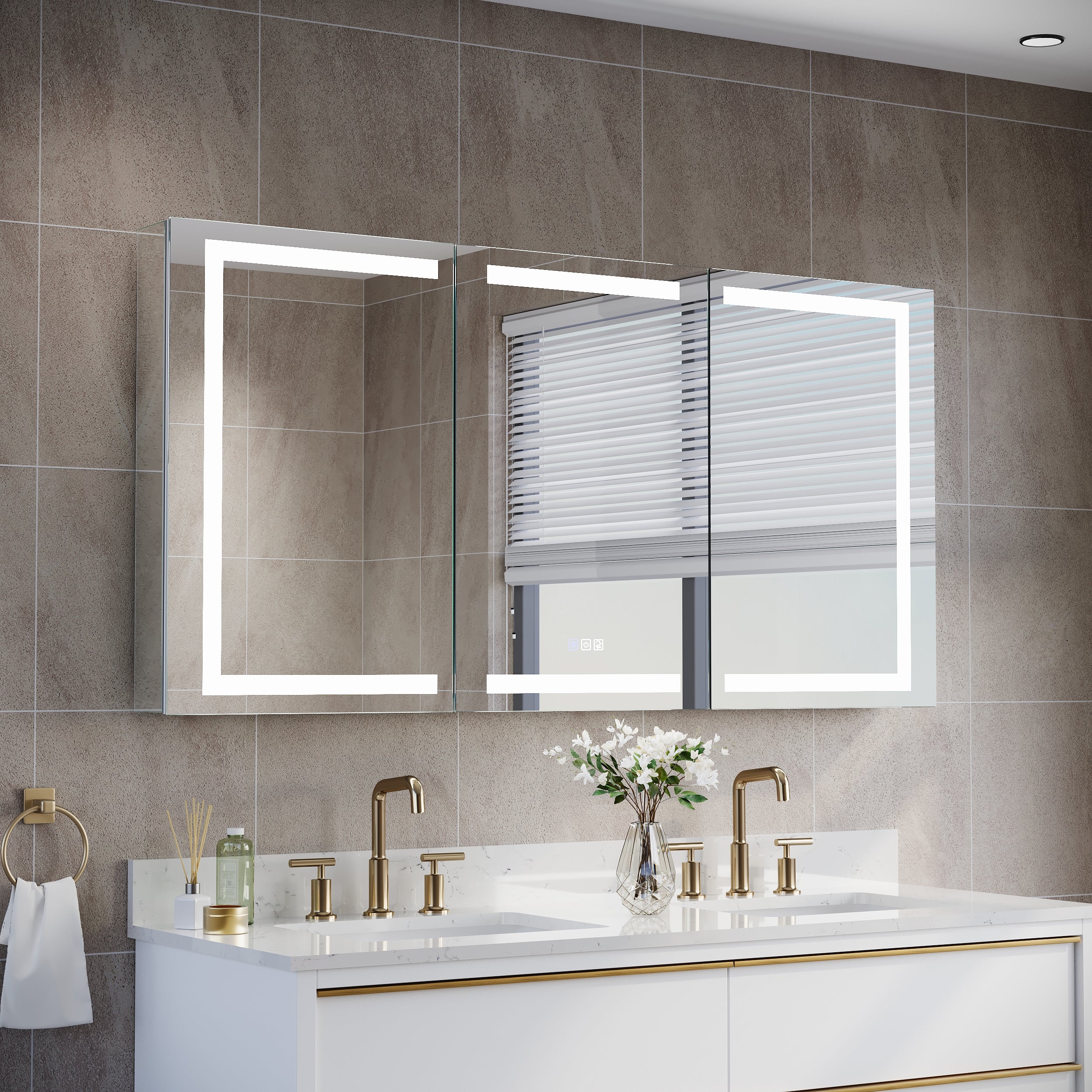



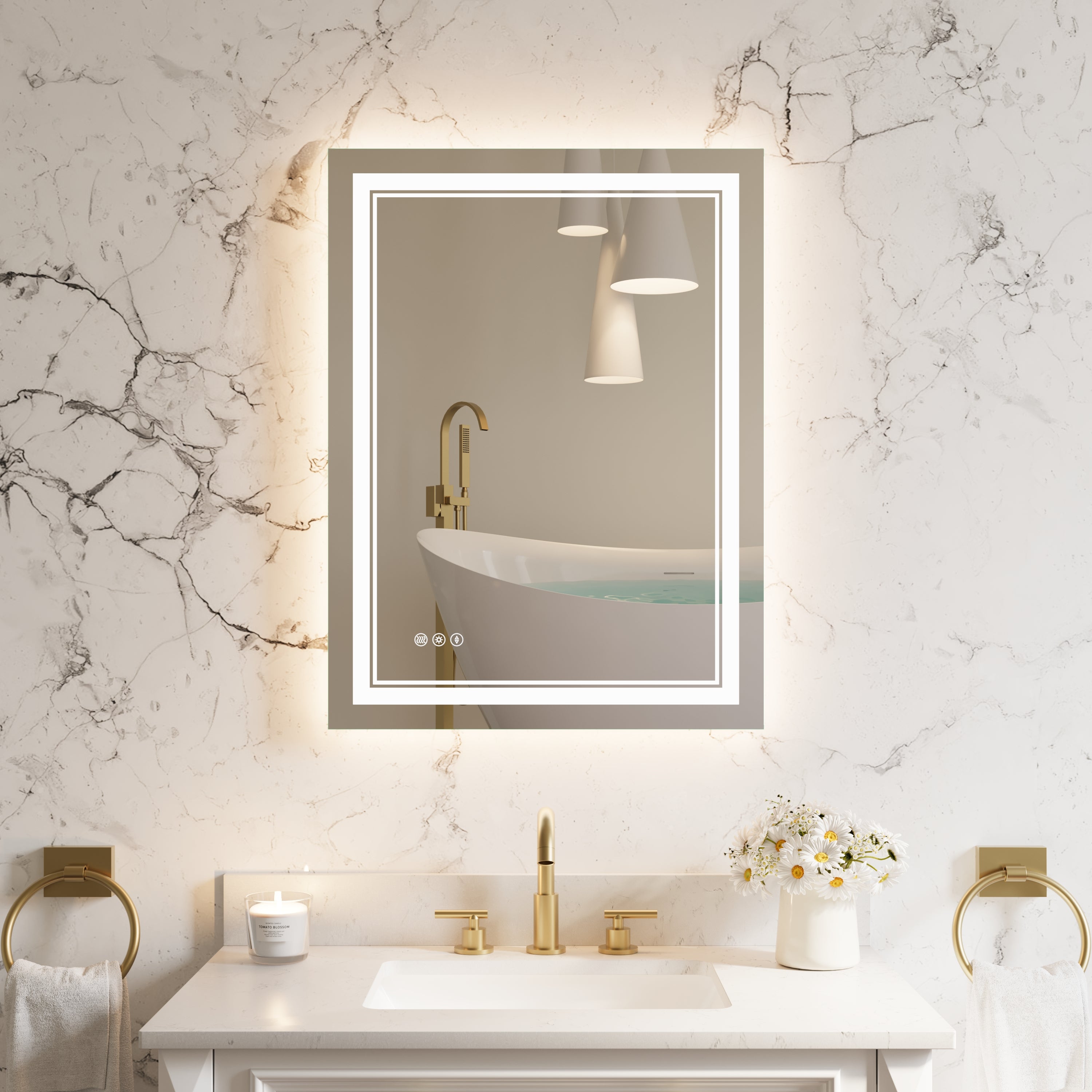








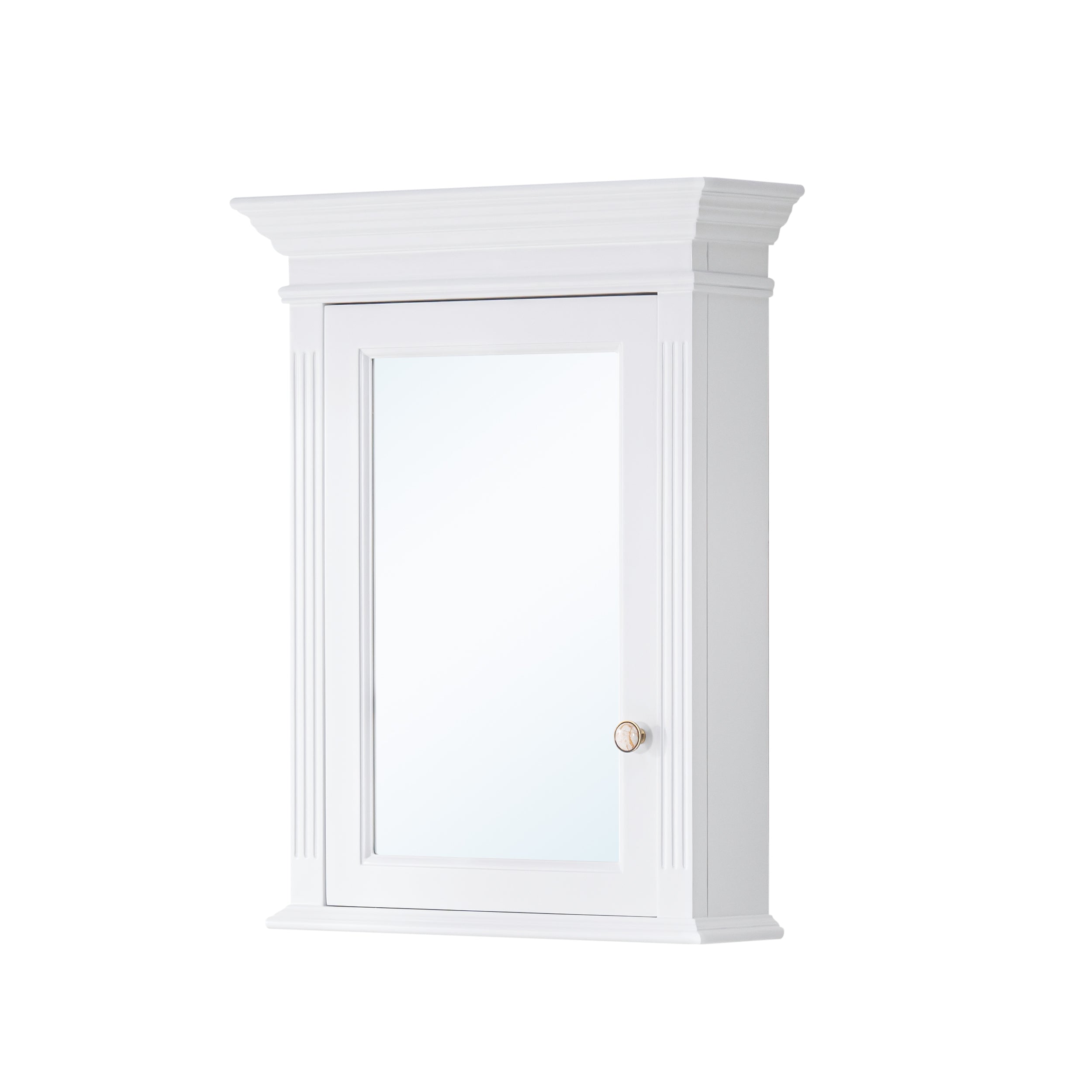
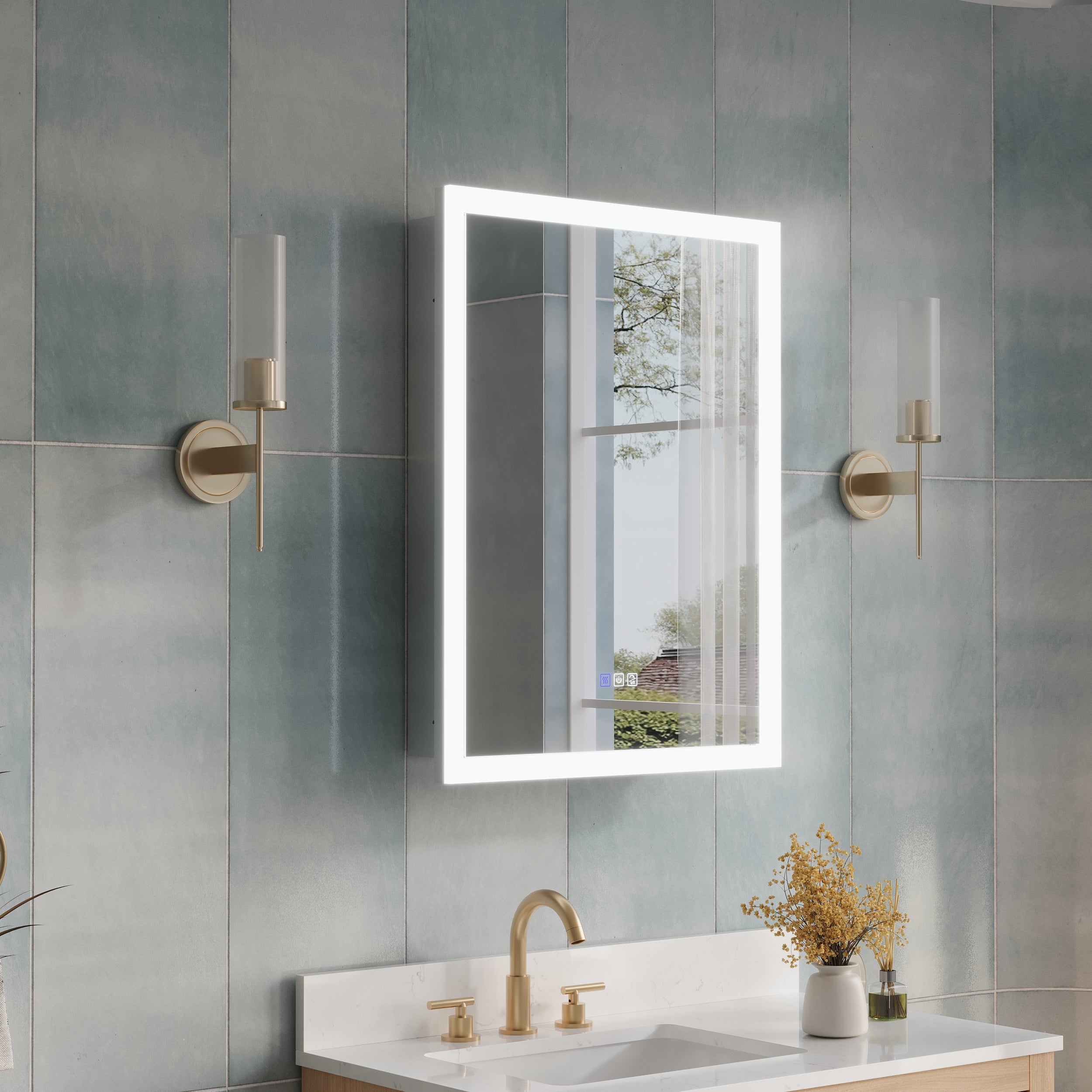
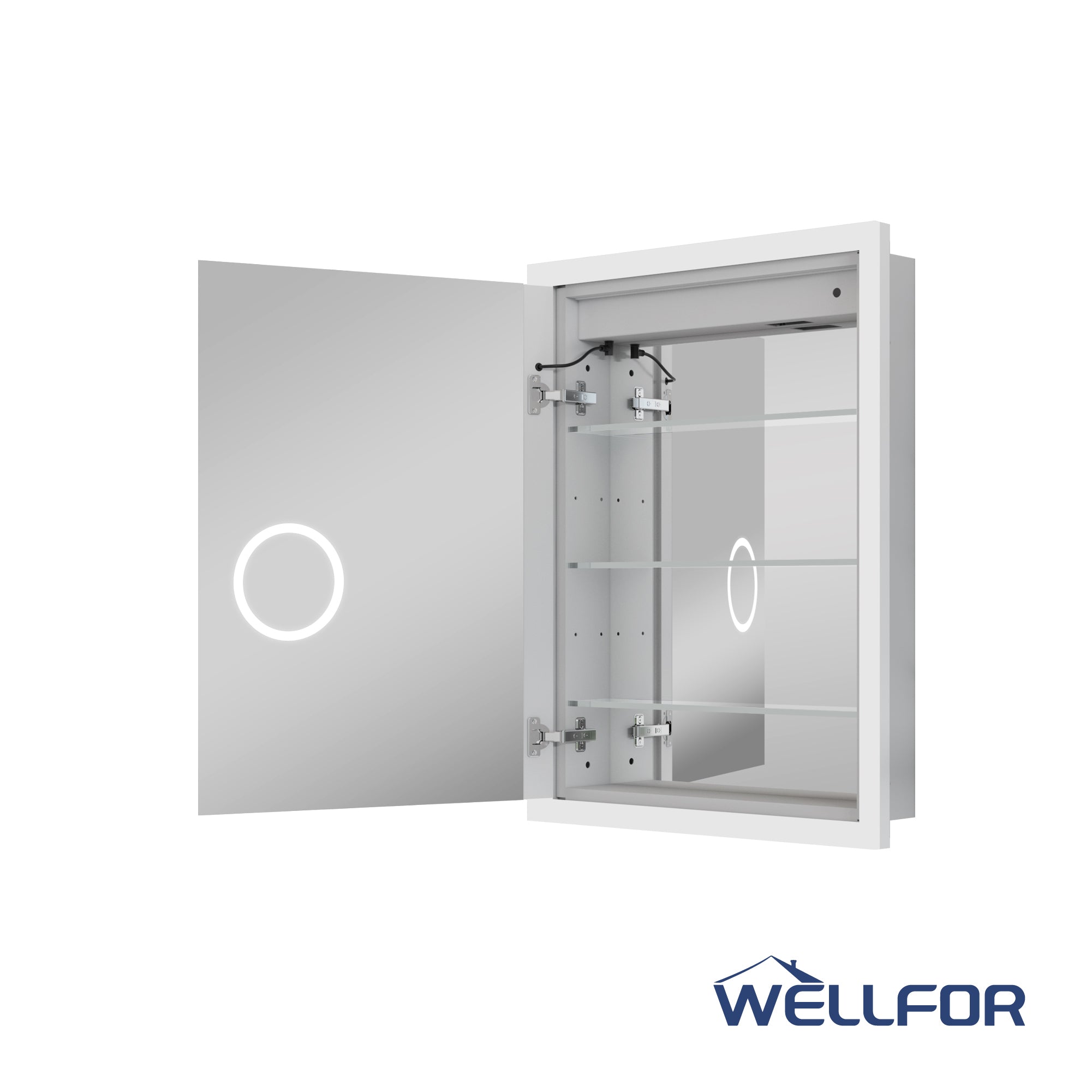
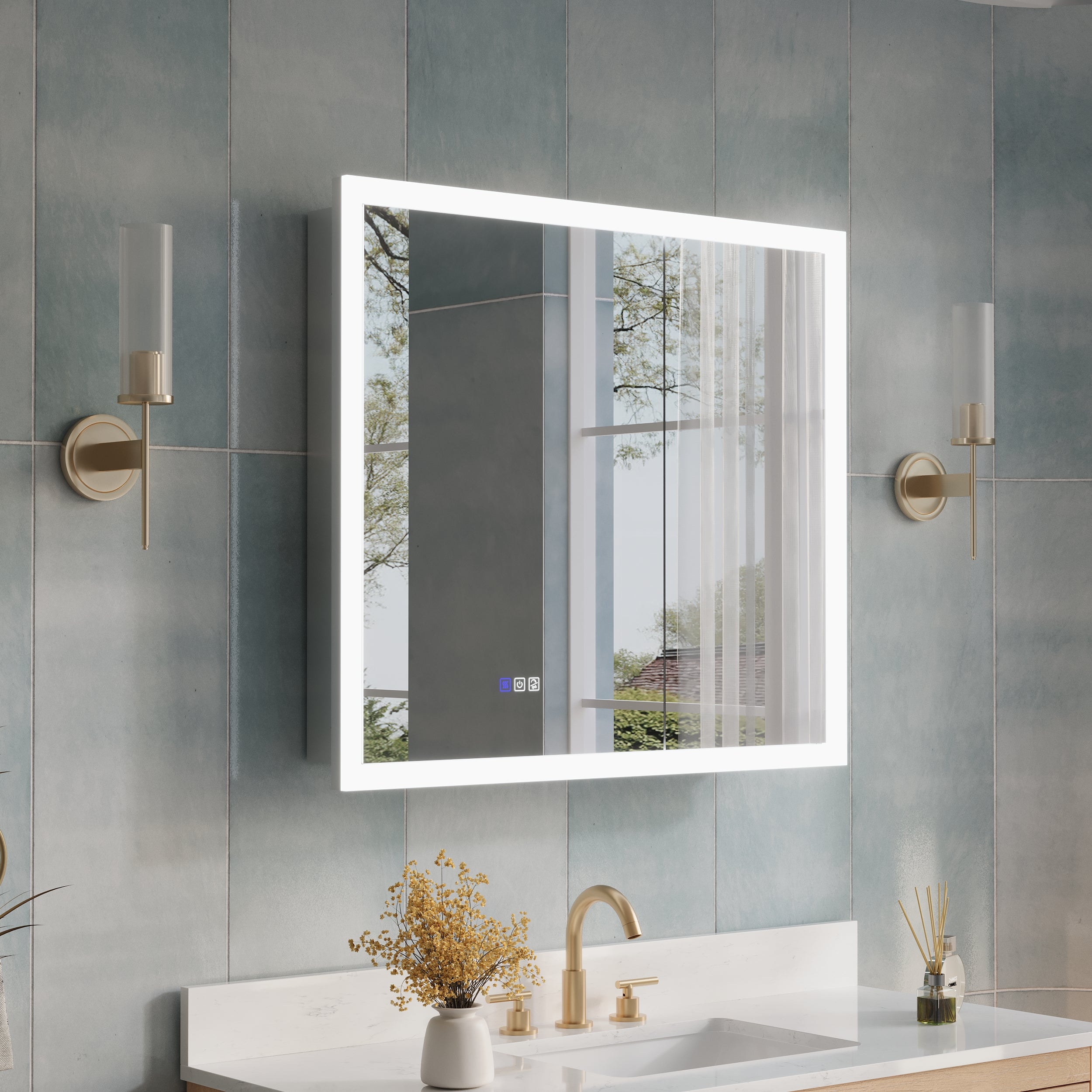

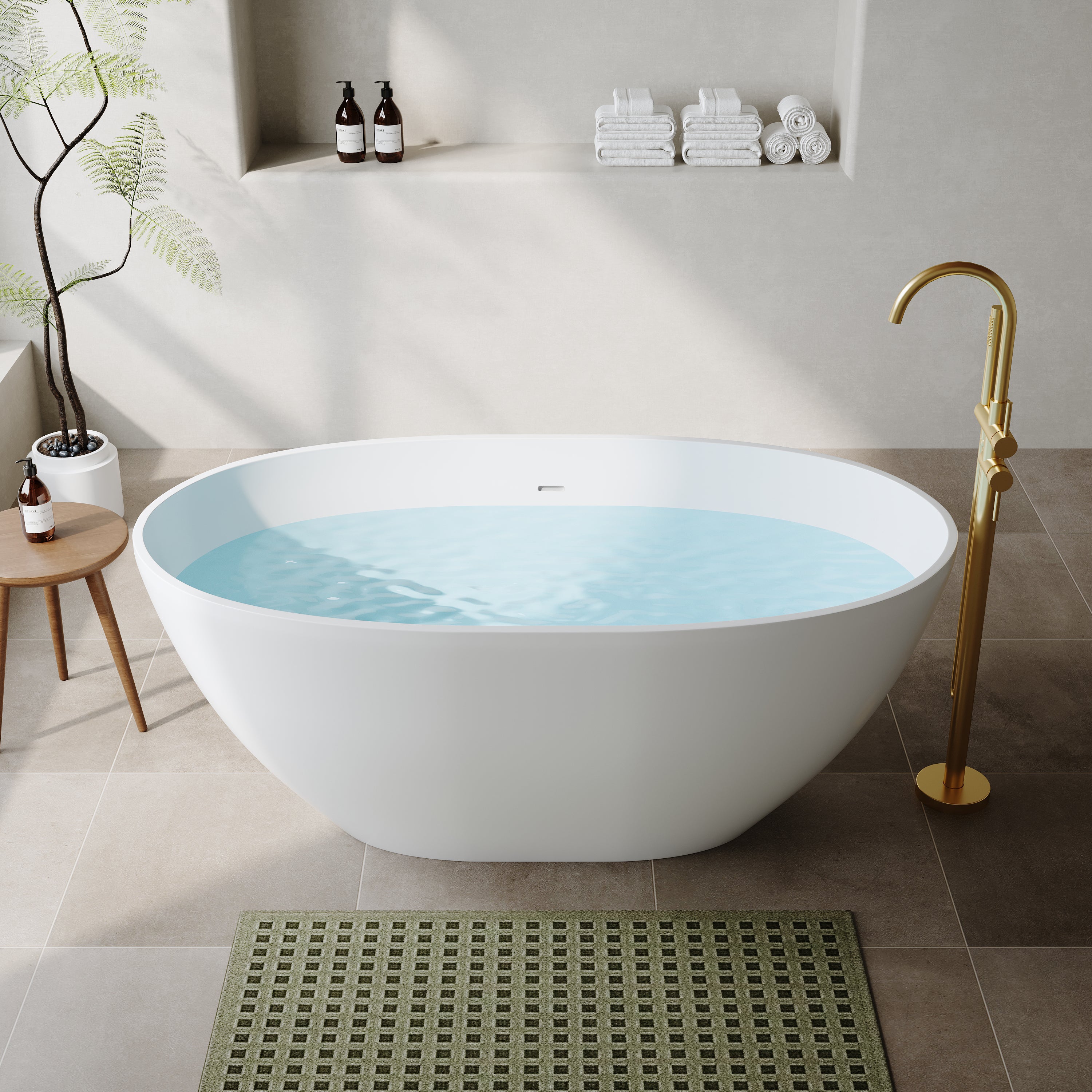




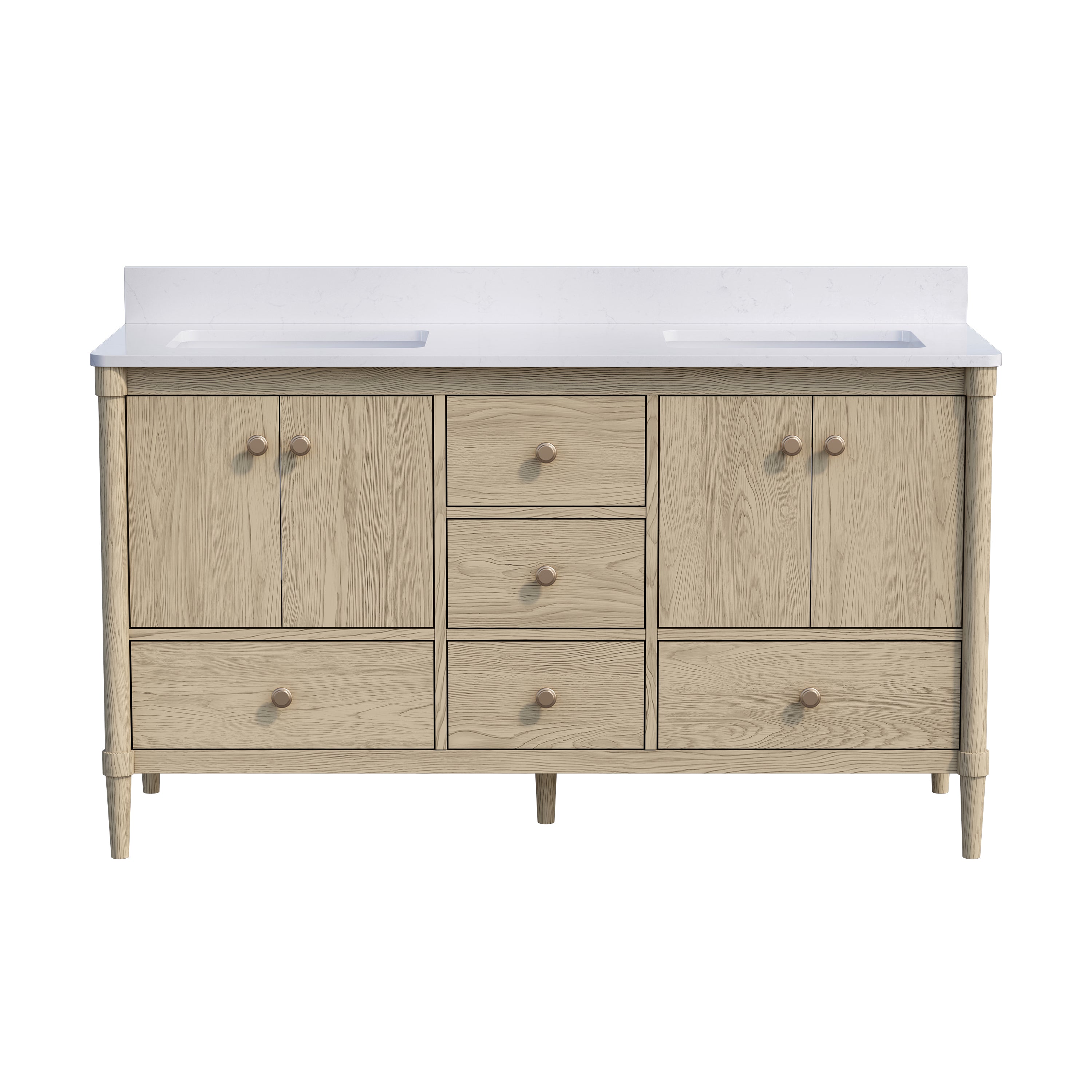
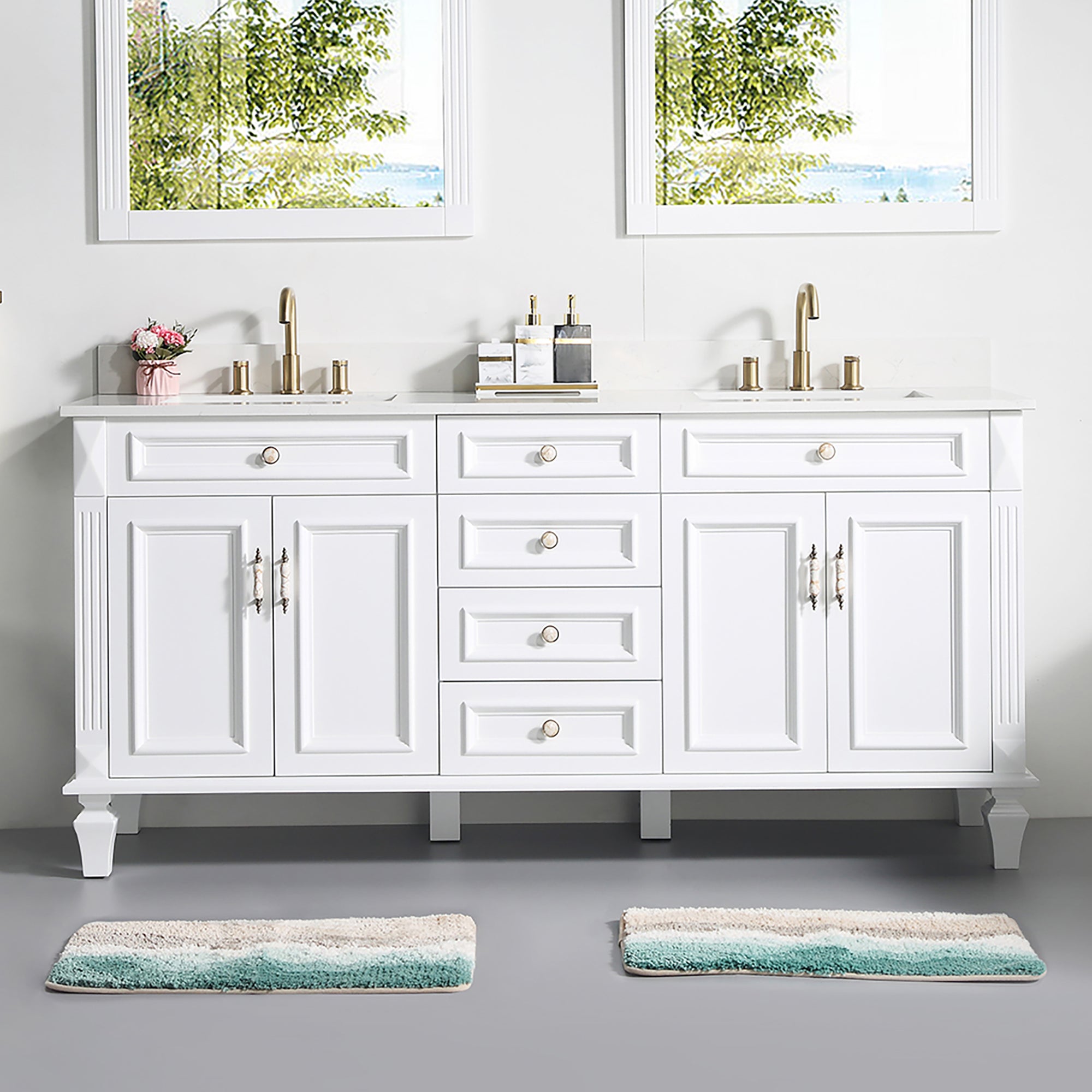
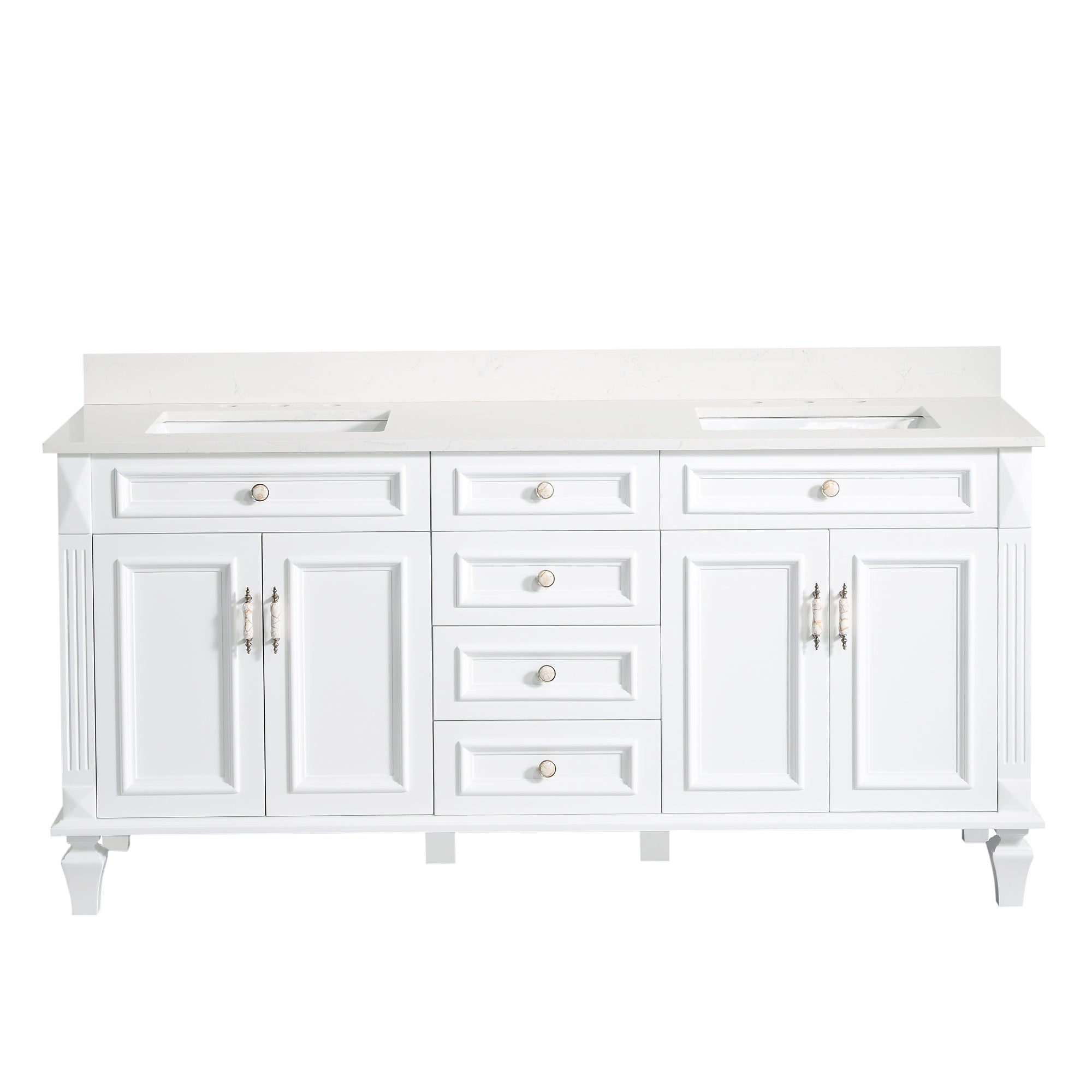
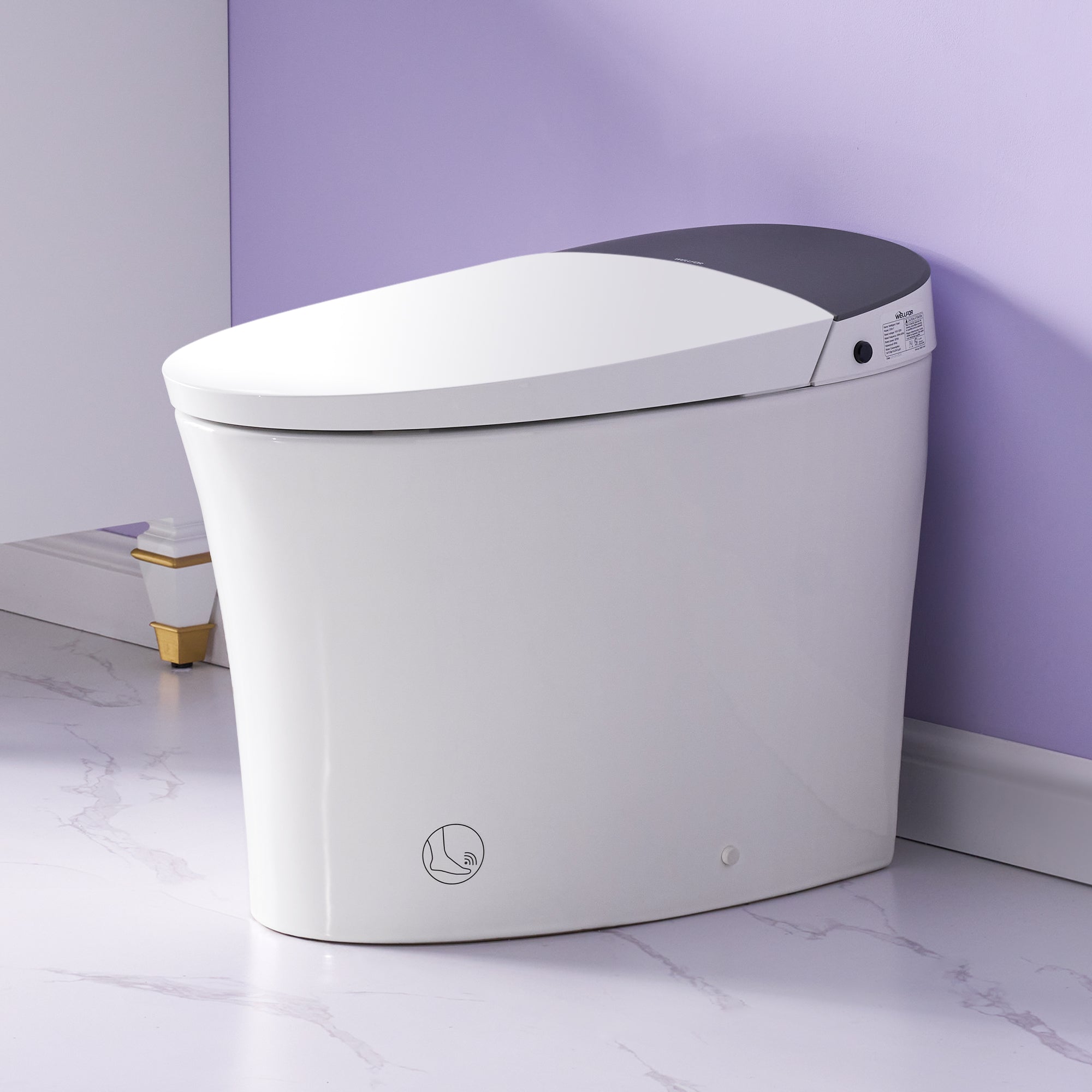
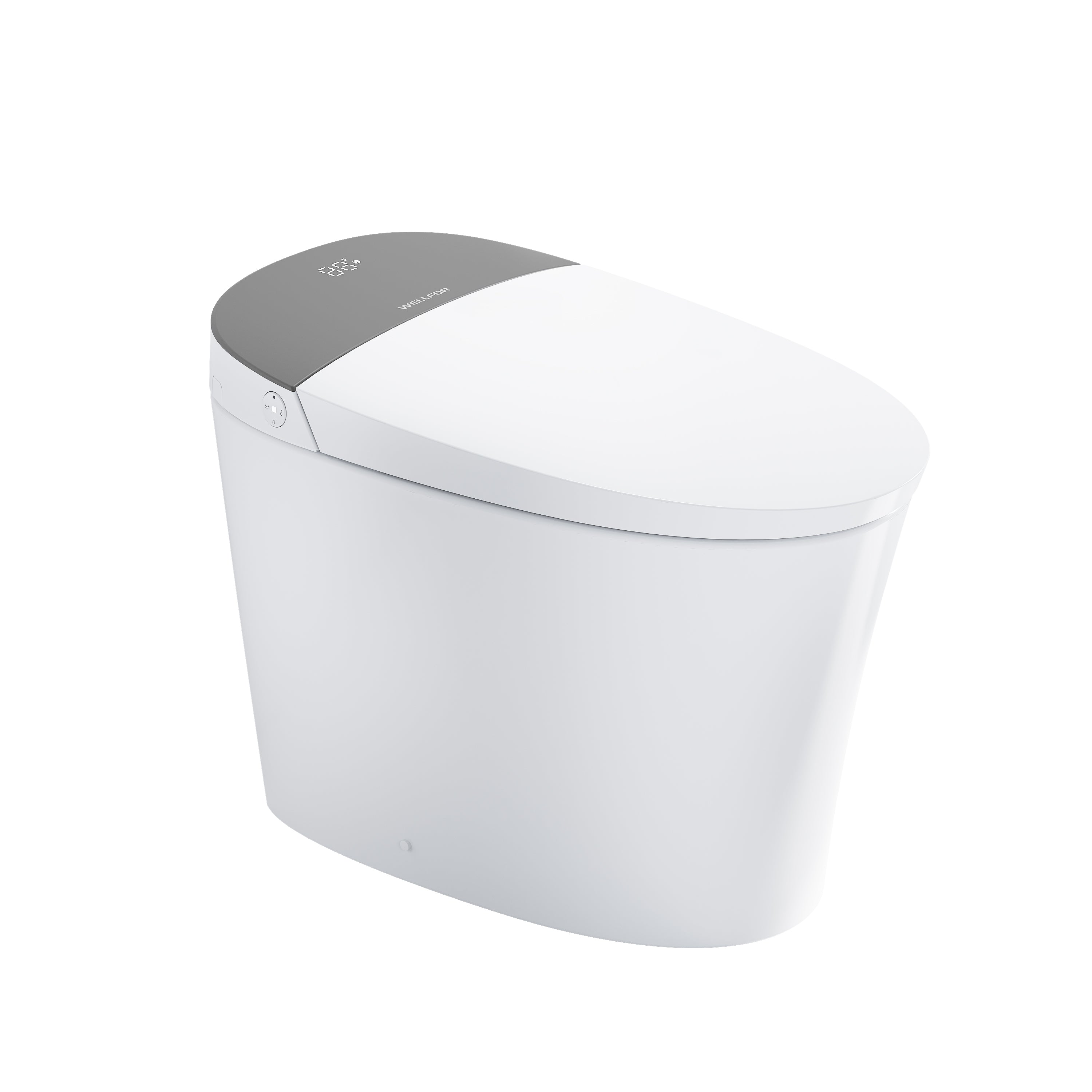

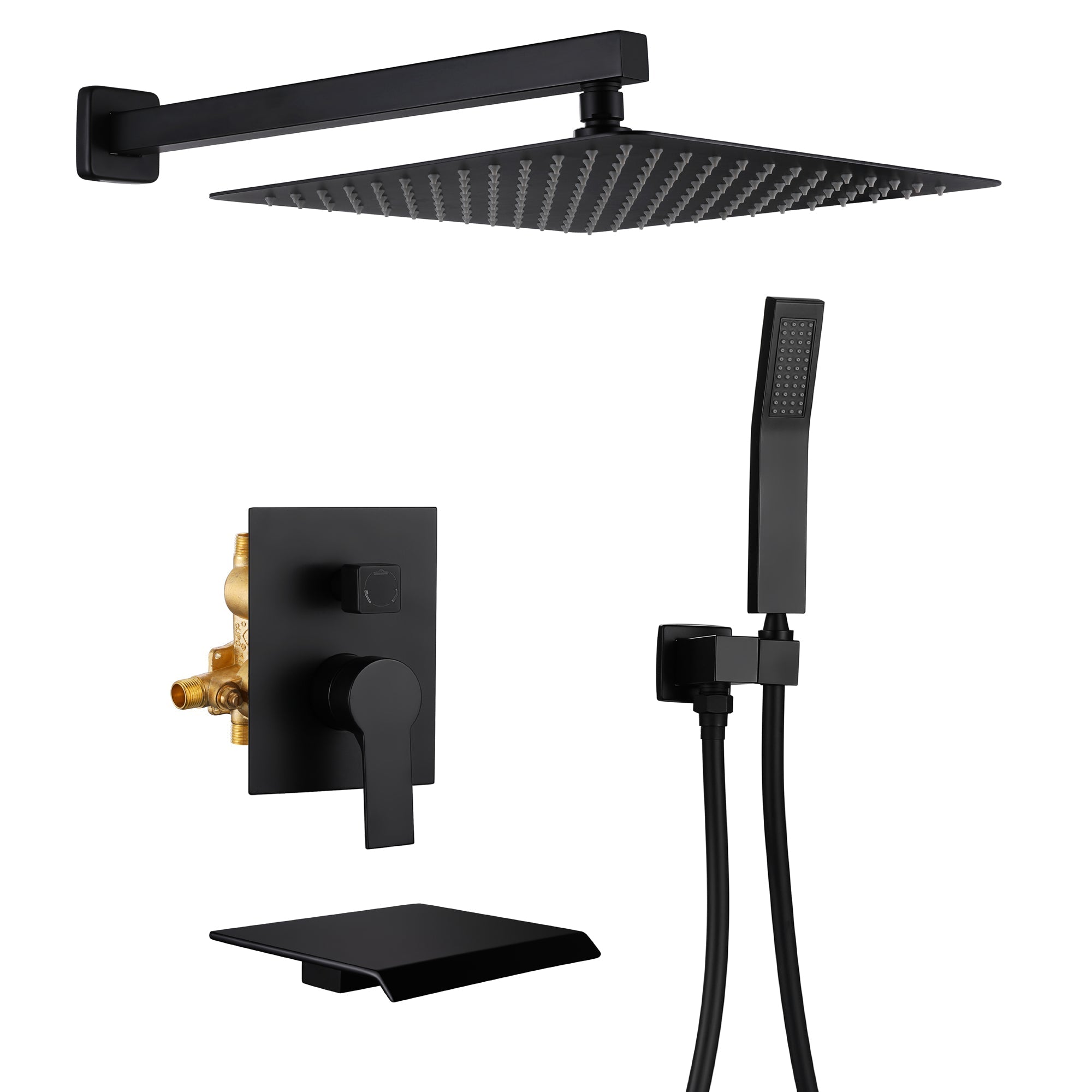
Leave a comment
This site is protected by hCaptcha and the hCaptcha Privacy Policy and Terms of Service apply.